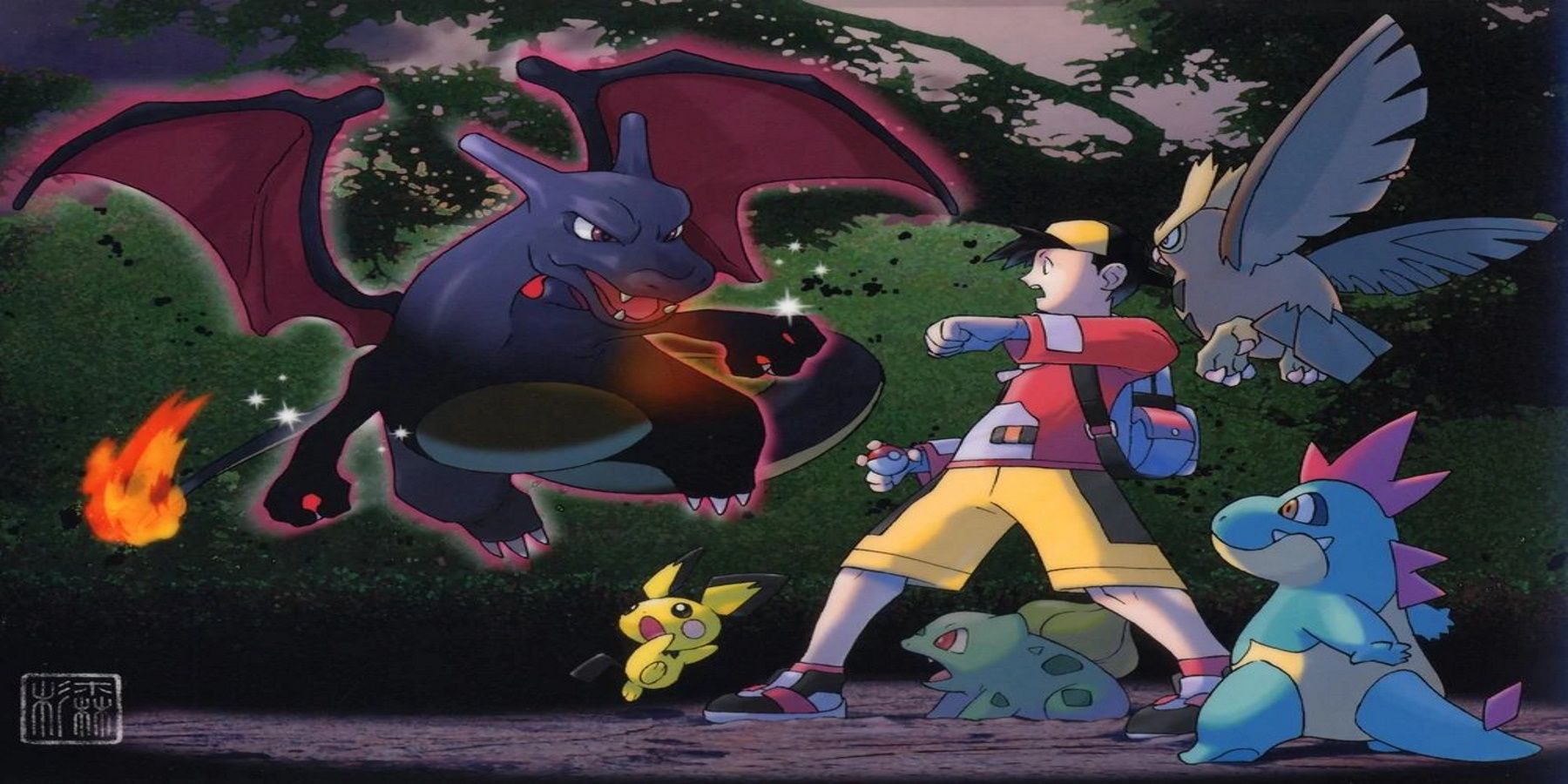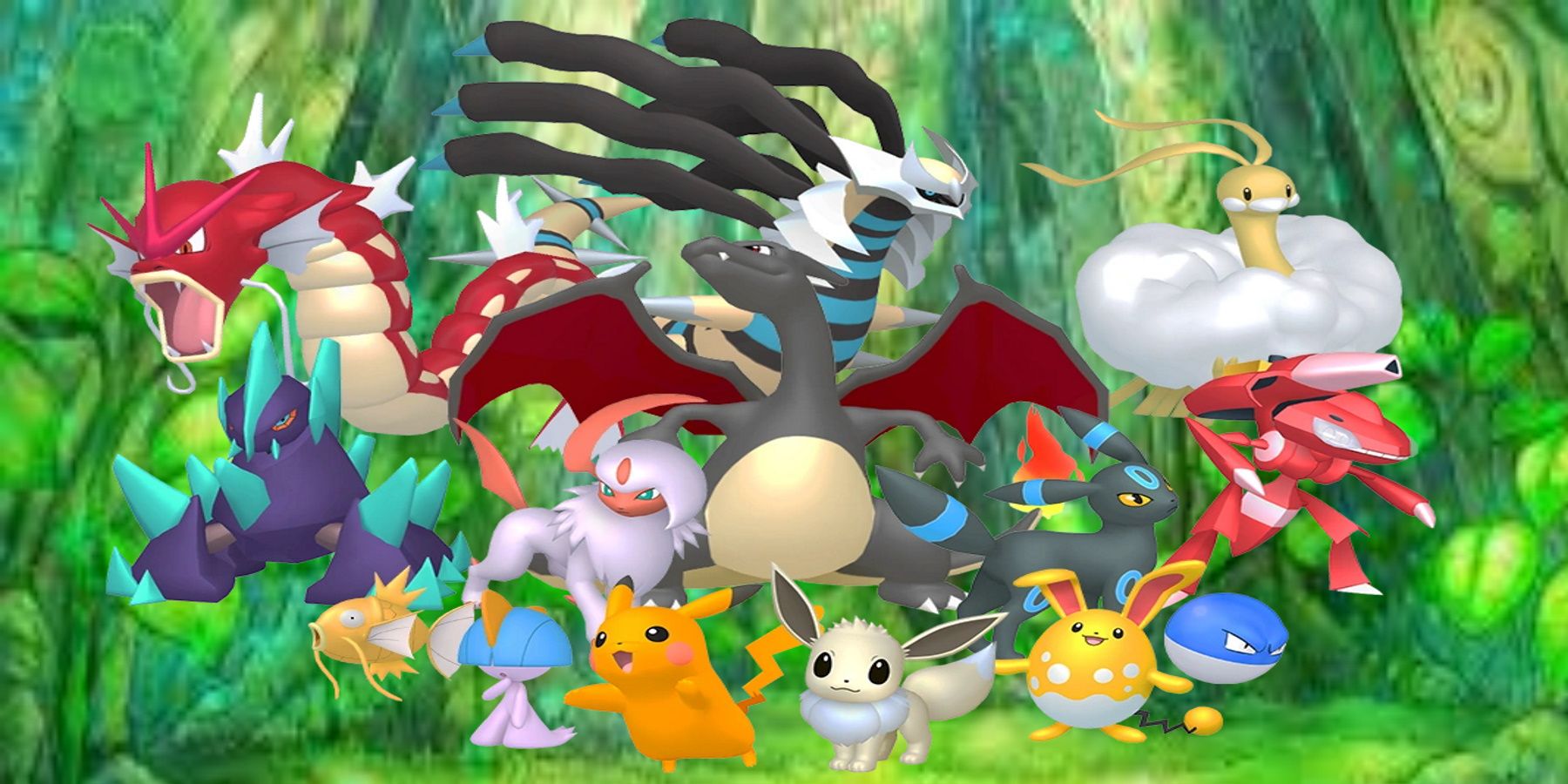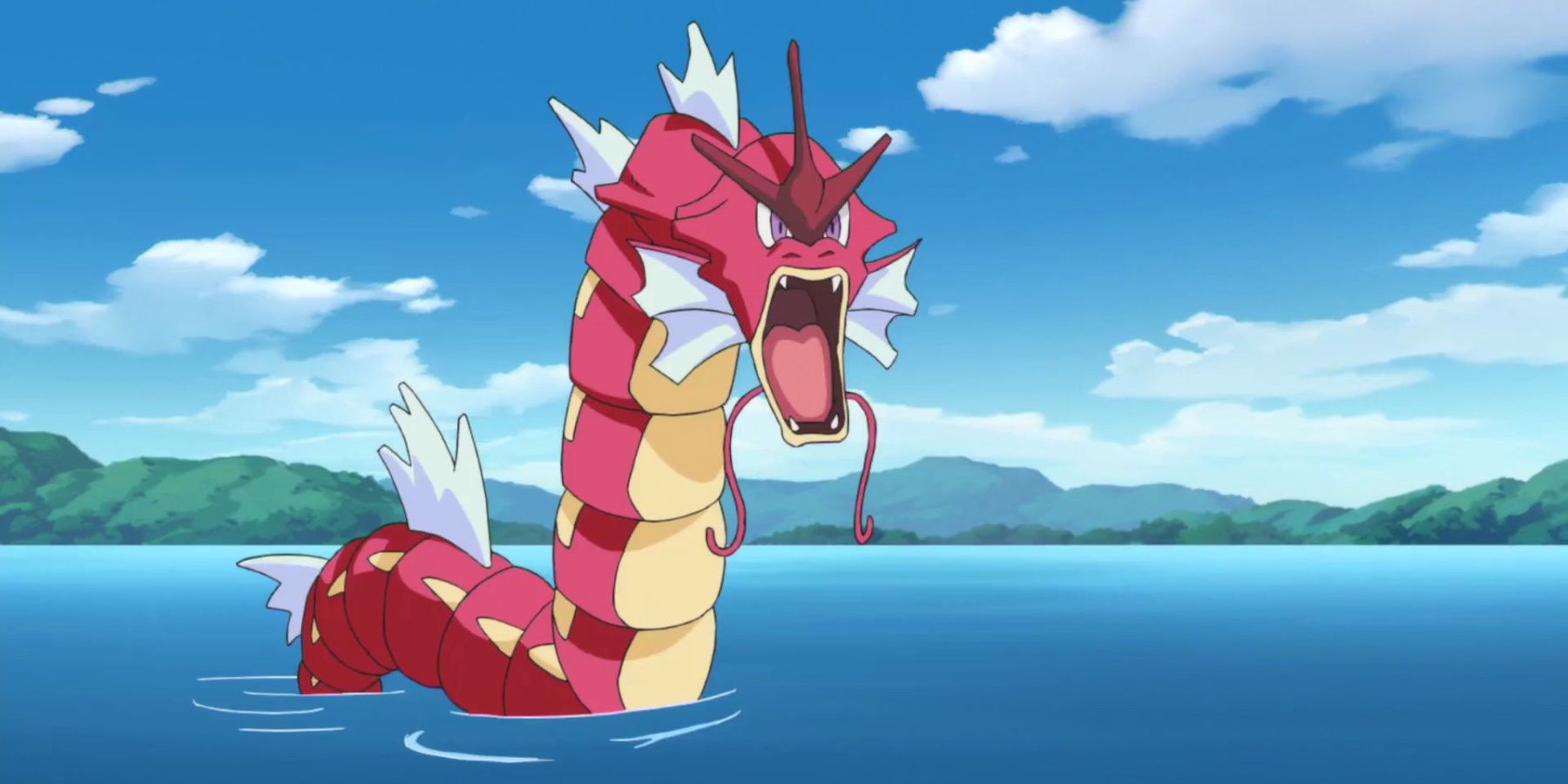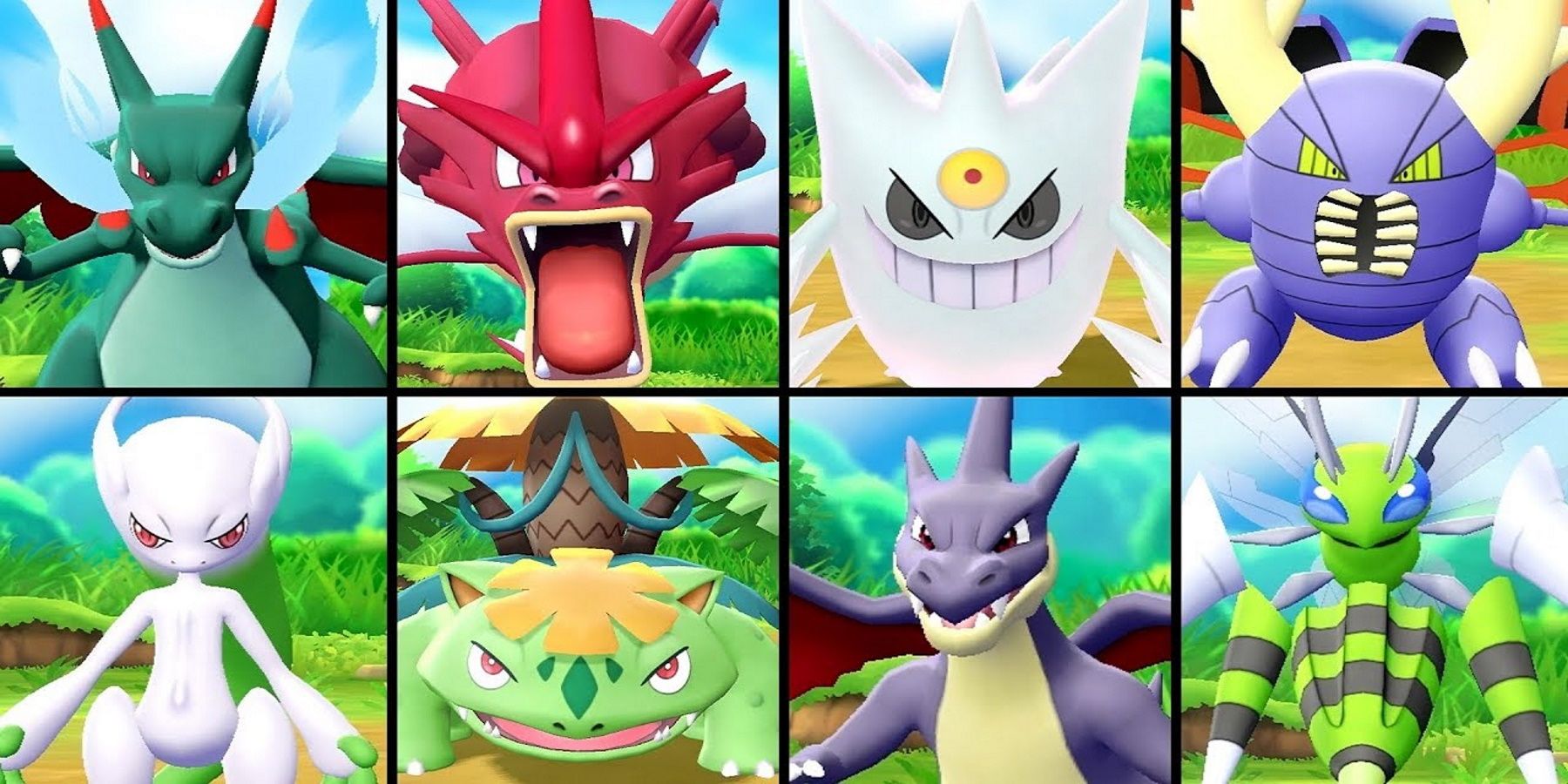The Pokemon franchise is no stranger to adding new features and rare content. Some innovations, like abilities in Ruby and Sapphire or the physical/special move split in Diamond and Pearl, were so important that they became staples of the series. Other secrets, like Mew in Red, Blue, and Yellow, were the subjects of rumors and glitches. However, rarely has anything in Pokemon been so sought after as Shiny Pokemon.
These special creatures have been part of the Pokemon series for almost its entire lifespan. Their rarity has led to players lionizing them, and the capture of a Shiny Pokemon has almost become a rite of passage among fans. Although they are relatively mundane as far as special encounters go, Shiny Pokemon have an interesting history.
The Basics of Shiny Pokemon
Shiny Pokemon are canonical alternate color palettes for every monster. Each Pokemon has a standard color scheme, and the monsters’ designs never deviate from the aforementioned color schemes in regular circumstances (aside from a few early adjustments like Jinx). Within main Pokemon games, Shiny Pokemon represent the only instance of the eponymous creatures having different colors than what is normally seen. There are no strict patterns, and at worst they barely change the hue of a Pokemon’s color scheme, which is the case monsters including Gengar and Garchomp. At best, colors change and still fit the Pokemon in question.
How Shiny Pokemon Have Evolved
Shiny Pokemon were introduced in Pokemon Gold and Silver. Fittingly for titles that would primarily be played on the Game Boy Color, the second generation would experiment with color schemes in addition to properly representing designs after the awkward spritework in Red, Blue, and Yellow. From the beginning, Shiny Pokemon were extremely rare finds. Their encounter rate was 1/8,192, and there was no official name.
What they were called depended on the source. Gold and Silver’s debug menu called them “rare,” meanwhile Pokemon Stadium 2 referred to them as “Color Pokemon.” The term “Shiny Pokemon” was coined by fans, named after the sparkling effect that comes with encountering a Shiny Pokemon in the wild or sending one out in battle. Generation 2 is the only generation where Shiny Pokemon can even be considered a staple of the generation instead of a shared commonality with the other games. Not only was the capture of a Shiny Gyarados, called “Red Gyarados” in the games, one of the most memorable parts of the Johto games, but in the anime Ash regularly used a Shiny Noctowl during his journey through the Johto region.
Post-Generation 2 Shiny Pokemon
As of Ruby and Sapphire, whether a Pokemon is Shiny or not no longer depends on the Pokemon’s IVs. Instead, the games calculate data collected from the Pokemon’s personality value, its Original Trainer’s ID number, and its own secret ID number. The third generation also introduced the idea of other Trainers using Shiny Pokemon in the mainline games. In Pokemon FireRed and LeafGreen, a few opponents in the Trainer Tower have Shiny Pokemon of their own. Despite Shiny Pokemon becoming common knowledge, they still had no official name in Generation 3. The easy chat system called them “alt. color,” a translation from the Japanese term for color variation, but that was as far as the games went.
Things changed in Diamond and Pearl hit the scenes when the people working on the Pokemon franchise acknowledged the term “Shiny Pokemon” and canonized it. The term never appears in Gen 4 games, including HeartGold and SoulSilver, but calling these color variations “Shiny” became such a ubiquitous habit that official events started using the term “Shiny Pokemon.” The fourth generation also introduced methods to make catching Shiny Pokemon easier. These techniques included the Masuda method, or breeding Pokemon using monsters from different regions, and building a chain with the Poke Radar.
Gen 5 includes the very first set of games to have characters mention the words “Shiny Pokemon,” and this generation introduced the “Shiny lock” mechanic that prevents certain Pokemon from being Shiny despite their alternate sprites being in the games’ code. It is also the first generation where players can obtain the Shiny Charm, a Key Item that makes it easier to encounter Shiny Pokemon in the wild or by breeding.
The terminology regarding Shiny Pokemon was set in stone by the time Pokemon X and Y came out, and these games made it easier to encounter one. The encounter rate went from 1/8,192 to 1/4,096, and there were even more methods to simplify the process, such as chain fishing and the Friend Safari. Not much has changed since then. Encounter rates are the same, and a few region-exclusive methods, such as SOS battles in Sun and Moon, have been introduced. Aside from Sword and Shield's sparkle variations, Shiny Pokemon have been the same for almost a decade, representing one fun staple of the Pokemon franchise.




